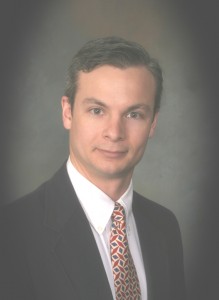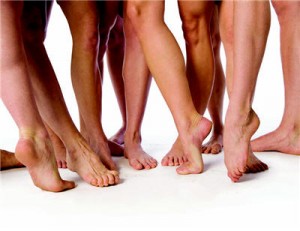
Varicose veins are enlarged veins most commonly found in the legs and feet. Standing and walking upright increases the pressure in the veins in the lower part of your body, which causes varicose veins. Symptoms related to varicose veins usually do not cause any pain. For most people, varicose veins are simply a cosmetic concern. For others, varicose veins can cause aching, pain and discomfort.
Signs that you may have varicose veins include veins that are dark purple or blue in color; veins that appear twisted and/or bulging, often like cords or rope in the legs; aching/heavy feelings in your legs, burning, throbbing, muscle cramping and swelling in the lower legs; pain in the legs after sitting or standing for a long time; itching or burning around one or more of your legs; and/or skin ulcers around the ankles, could also mean there is a severe form of vascular disease that requires immediate medical attention.
Varicose veins are caused by a variety of conditions and factors. They include age, pregnancy (which normally improve without medical treatment within 3 to 6 months after delivery), gender, genetics, obesity and in persons who stand or sit for long periods of time. A common mild variation of varicose veins which are often much smaller, spider veins are found closer to the skin surface and are usually red or blue. These veins may vary in size and often look like a spiders’ web.

Complications with varicose veins are relatively rare. Although rare, ulcers located near the ankle can occur, caused by long term fluid buildup in these tissues because of the increased pressure of blood within the infected veins. Brown spot on the skin usually appears before the ulcer forms.
Treatment for varicose veins is two-fold: self care and medical. Patients experiencing symptoms can often improve their condition through exercise, losing weight, not wearing tight clothes, elevation of the legs, avoiding long periods of standing/sitting to ease pain, and the use of compression stockings. Compression stockings are a conservative treatment that is often used as a first approach.
In addition to self care, medical procedures are sometimes necessary to alleviate varicose veins. Many procedures are available such as Sclerotherapy, laser surgery, Vein Stripping and Ambulatory Phlebectomy. It is always best to consult with your physician to determine which method of treatment is the best care for your condition.









